Scientists search for regional accents in cod

What did they do?
A team at the University of Exeter eavesdropped on the conversations of cod.
Why did they do that?
They were looking for regional differences in the sounds fish make to establish territories, raise the alarm and attract mates. If separate populations communicate differently, fish meeting for the first time due to climate change driven migrations may struggle to hit it off with their new neighbours – a case of ‘you like to-may-to and I like to-mah-to’.
What did they find?
American cod make a “staccato, banging, bop bop bop sound” while European cod make a “deep rumbling growling.” The difference is thought to be due to localised breeding grounds being established for thousands of years.
Rats tickled until they giggled

What did they do?
A team at the Humboldt University of Berlin set up a specially designed ‘tickling area’ and monitored the brain activity and ultrasonic squeaks of rats while they were being tickled.
What did they find?
Rats have previously been observed to give out high-pitched, laughter-like squeaks when being tickled. The Humboldt team confirmed this, finding the laughter response in the rats’ brains is very similar to that of humans. They also found that if they were put in stressful situations, such as being under a bright light, the rats didn’t chuckle at all.
Why did they do that?
The findings may help to shed light on how negative and positive experiences are processed in the brain and ultimately affect our behaviour, the team says.
Monkeys taught to type Shakespeare using their thoughts

What did they do?
A team of neuroscientists implanted signal-reading electrodes directly into the region of Rhesus macaques’ brains that controls their hand and arm movements. They then ran the signals through a piece of software designed to read the signals and translate them into the movement of a cursor around a keyboard displayed on a computer monitor. They then trained the monkeys to copy passages of text from Shakespeare’s Hamlet using the device.
What did they find?
After extensive training, the macaques were able to transcribe the text at speeds of up to 12 words per minute.
Why did they do that?
The researchers are developing the technology for eventual use by human patient who have difficulty in communicating due to disability or injury.
Sea lion taught to keep a beat
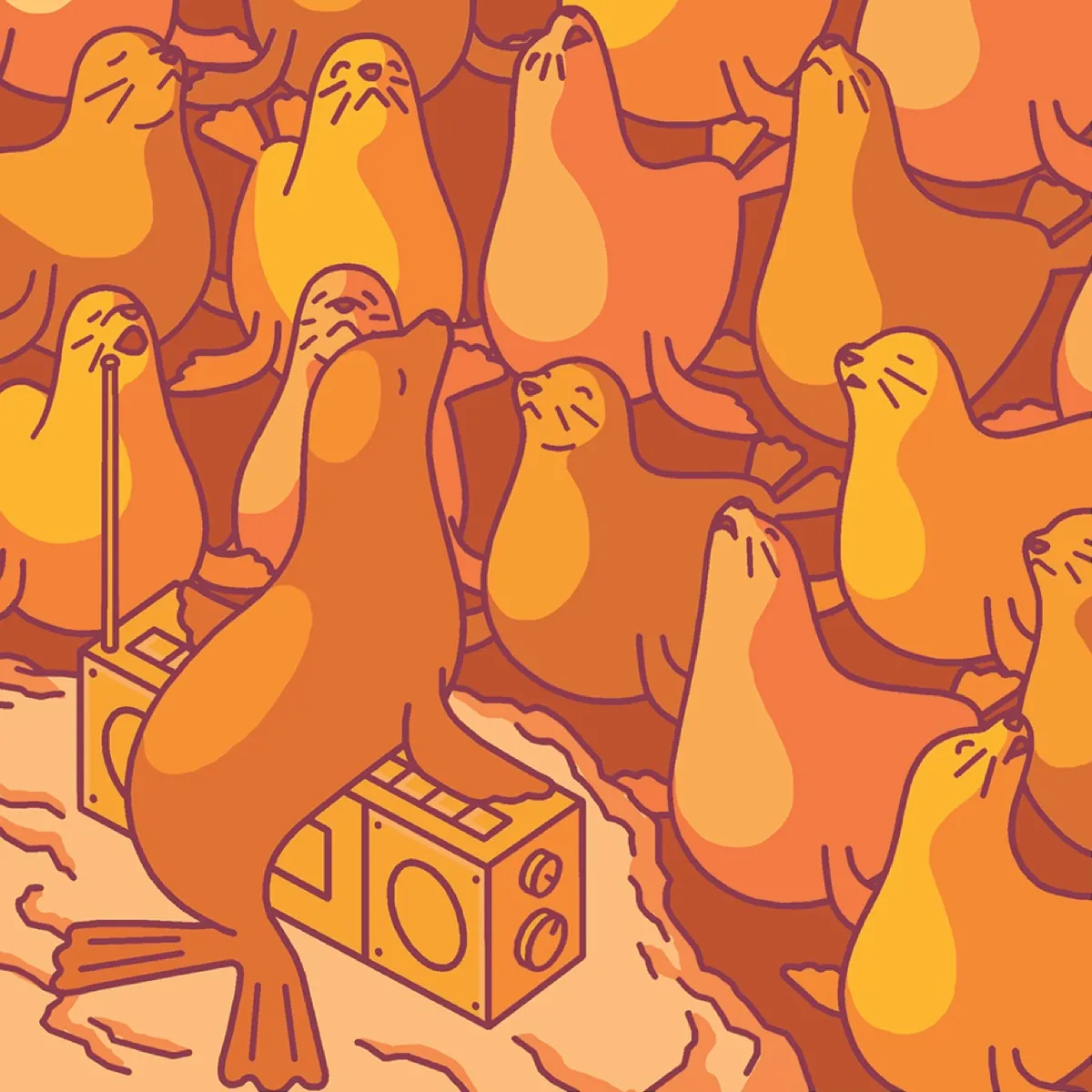
What did they do?
Researchers at the University of California played a constant click track to a sea lion named Ronan, rewarding her with fish every time she nodded along in time. They then upped the ante by playing her Earth, Wind and Fire’s funk-soul floorfiller Boogie Wonderland and varying the tempo at random intervals.
What did they find?
Not only was Ronan able to keep the beat better than any other non-human animal ever tested, she was also able to quickly adapt to the new tempos. The manner in which she did this suggests that neurons in her auditory brain centres were first coming in synch with the rhythm and then passing on the timing to the motor centres that control movement.
Why did they do that?
Over the last decade chimps, bonobos, parrots and budgerigars have all been to move in time to music. By further study, the researchers hope to deepen their understanding of the biological roots of musicality in humans.
Researchers eavesdrop on pigs’ grunts
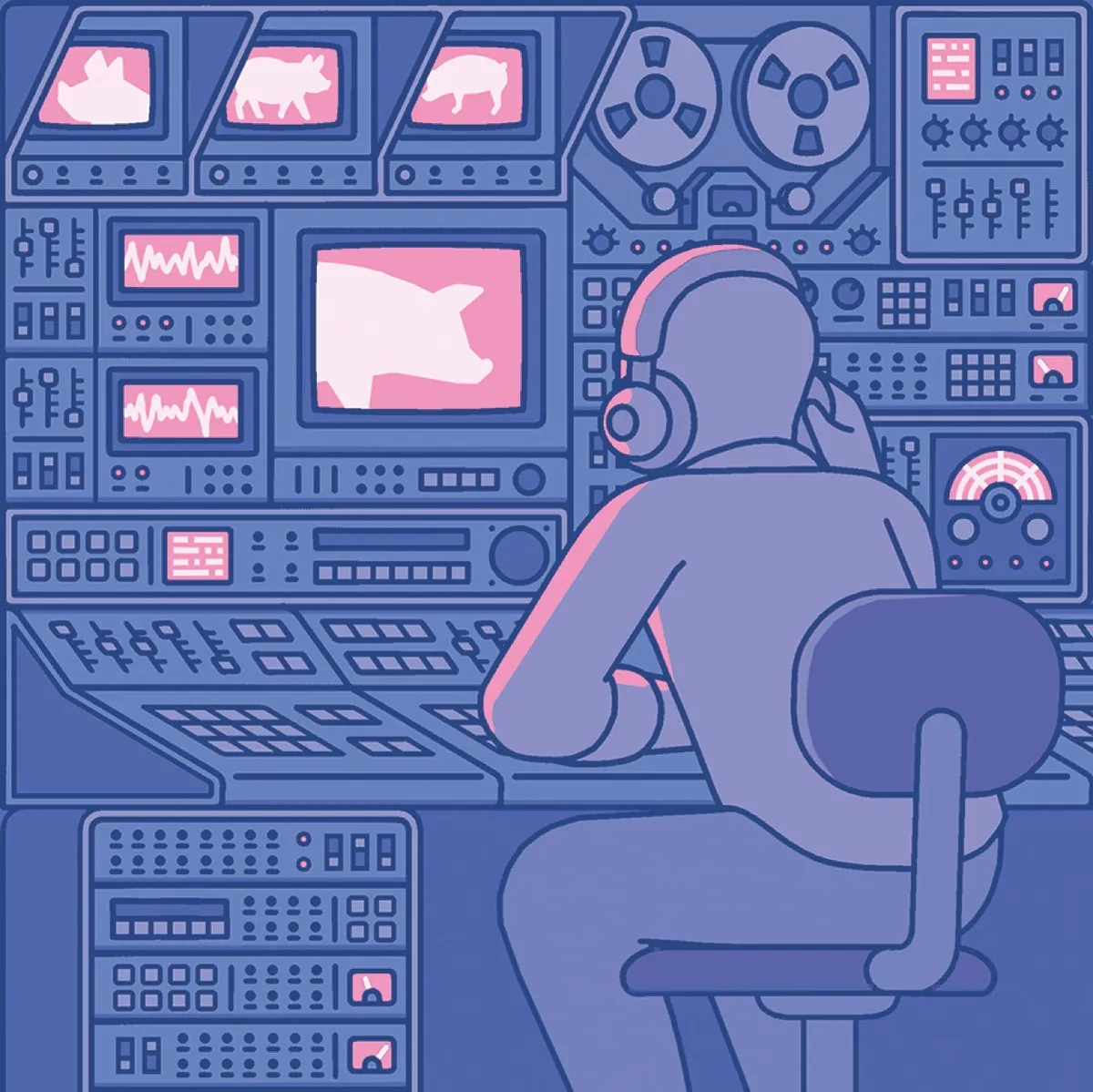
What did they do?
A team from Queens University, Belfast kept pigs in two different pens: one small and bare with a concrete floor, and one large and filled with soft straw bedding. One-by-one they led the pigs out of the pens, kept them in isolation for three minutes before moving them into a pen where they could investigate an object they had not encountered before.
Why did they do that?
Pigs are extremely social animals who communicate via grunts. The team wanted to see find out if the pigs’ differing personalities affected their style of grunting.
What did they find?
The pigs with more inquisitive personalities were found to grunt more frequently while pigs kept in the poorer conditions were found to be quieter. The results suggest that pigs’ grunts contain important information about their personalities, psychological state and welfare, the researchers say.
Budgies taught grammar

What did they do?
Scientists at Duke University taught budgerigars to understand basic grammatical patterns, an ability previously thought of as unique to humans.
How did they do that?
The team played budgerigars patterns of sounds made up of three parts, with a structure of either XXY or XYX. Each time they heard XXY the were given a reward if they pecked a lever. If they pecked the lever at the wrong time the light in their cage went out.
What did they find?
Not only were the birds able to identify the pattern at the correct time, they were also able to apply the rules to previously unheard sequences suggesting they were able to learn basic grammatical rules.
Trees observed ‘sleeping’
What did they do?
Researchers from the Vienna University of Technology mapped the movement silver birch trees from sunset and sunrise using precise laser scanners in search for signs of circadian rhythm.
Why did they do that?
Most living organisms, including plants, are known to adapt their behaviour according the repeating cycles of day and night. Flowers, for example, continue to open and close in rhythm with daily cycles even when locked in a darkened cellar. But this is the first study to be carried out on trees in their natural environment.
What did they find?
While they didn’t exactly lay down and curl up for the night, the trees’ leaves and branches were shown to droop gradually after sunset, reaching their lowest point a couple of hours before sunrise. In the morning, the branches returned to their original position within a few hours. The effect is thought to be due to changes in internal pressure due to photosynthesis.
Mice bred to stutter

What did they do?
A team at Washington University School of Medicine bred mice with the same mutated strain of Gnptab, a gene primarily involved in helping cells to remove unwanted molecules that is also linked to stammering in humans.
What did they find?
The mice carrying the mutation paused for longer between squeaks and repeated the same sounds more often that the non-carrying mice. They also produced a smaller variety of sounds than mice without the mutated gene.
Why did they do that?
Although speech is an incredibly complicated process, the finding could provide researchers with a method of further studying the roles of genes in stammering with the end goal of developing effective treatments.
Chicken with dinosaur legs grown
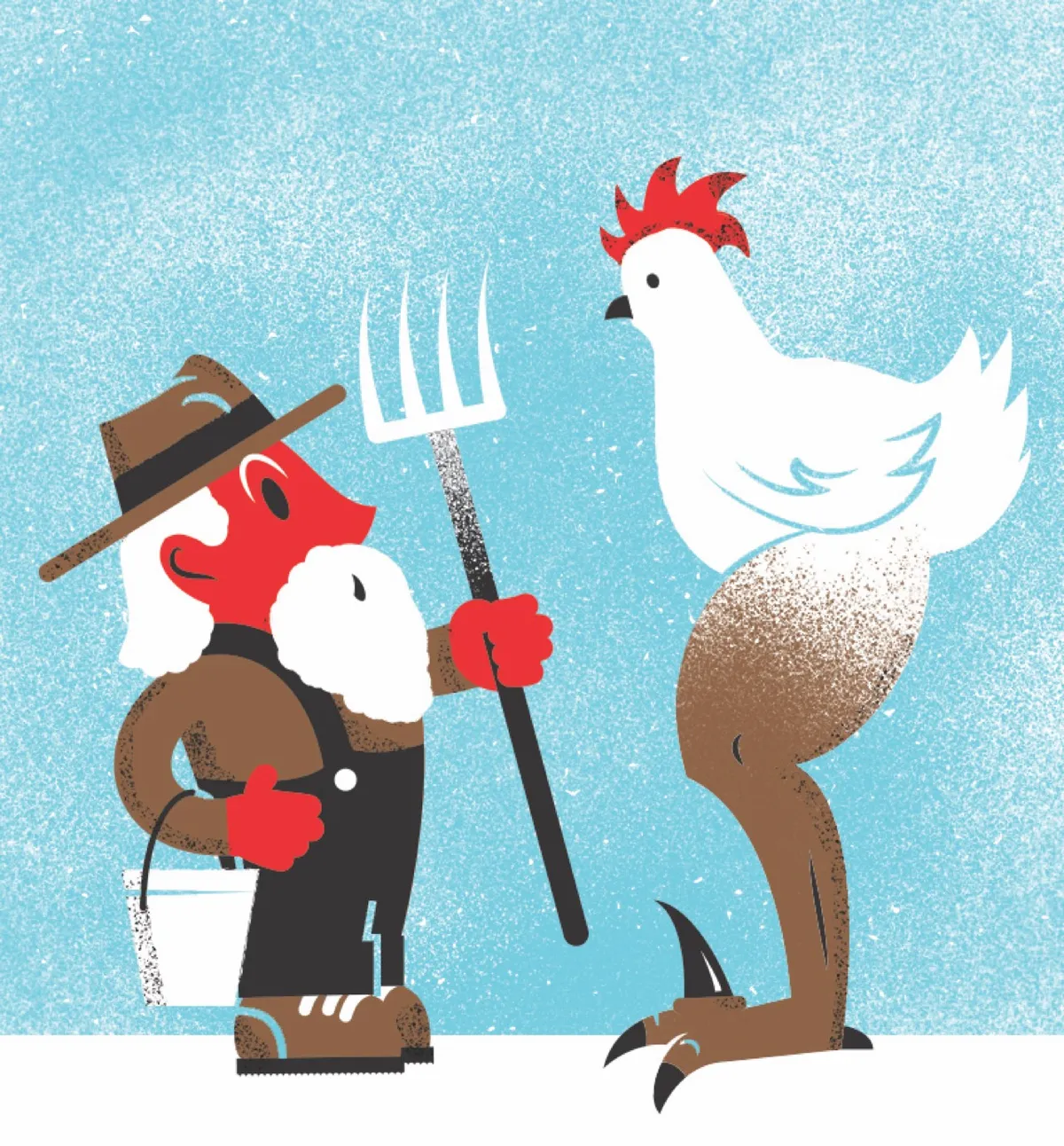
What did they do?
A team from the University of Chile has grown chicken embryos with “dinosaur-like” lower legs. In modern-day birds the fibula, the thin bone found in the lower leg, is splinter-like and doesn’t reach all the way to the ankle. Dinosaurs’ fibulae were much more developed.
How did they do that?
By inhibiting the activity of a gene going by the bizarre name Indian Hedgehog.
Why did they do that?
Around 66 million years ago, most dinosaurs went extinct but a handful of species survived. These went on to evolve into the bird’s we see today. The researchers are trying to use ‘reverse evolution’ techniques to investigate exactly how this took place.
Penguins made to run on treadmills
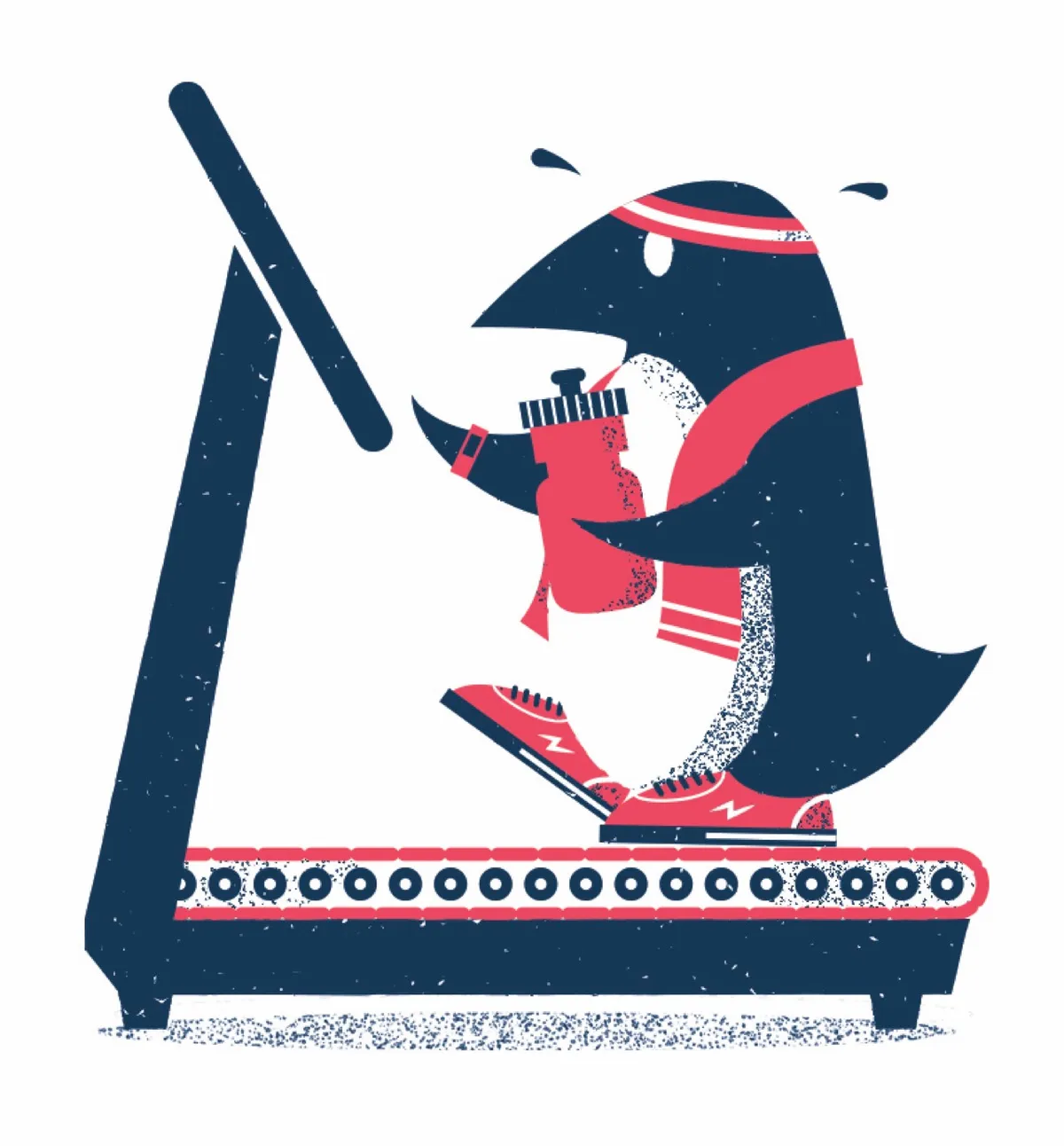
What did they do?
A team at Roehampton University trained eight king penguins to walk on a treadmill and filmed them as they waddled along.
Why did they do that?
King penguins schlep several miles inland from the Antarctic coast each summer in order to breed. As they have no means of hunting for food on land they must first fill their bellies with fish to enable them to survive the breeding season, which can last up to a month.
What did they find?
Like obese humans, tubby penguins tend to widen their gait to accommodate extra weight but they also sway more from side to side. This increased waddling gives them extra stability and helps to prevent them from toppling over. However, they are still less sure on their flippers than their trimmer counterparts potentially making them an easier target for predators, the researchers say.Visit Site
‘Paranoia’ triggered in ravens
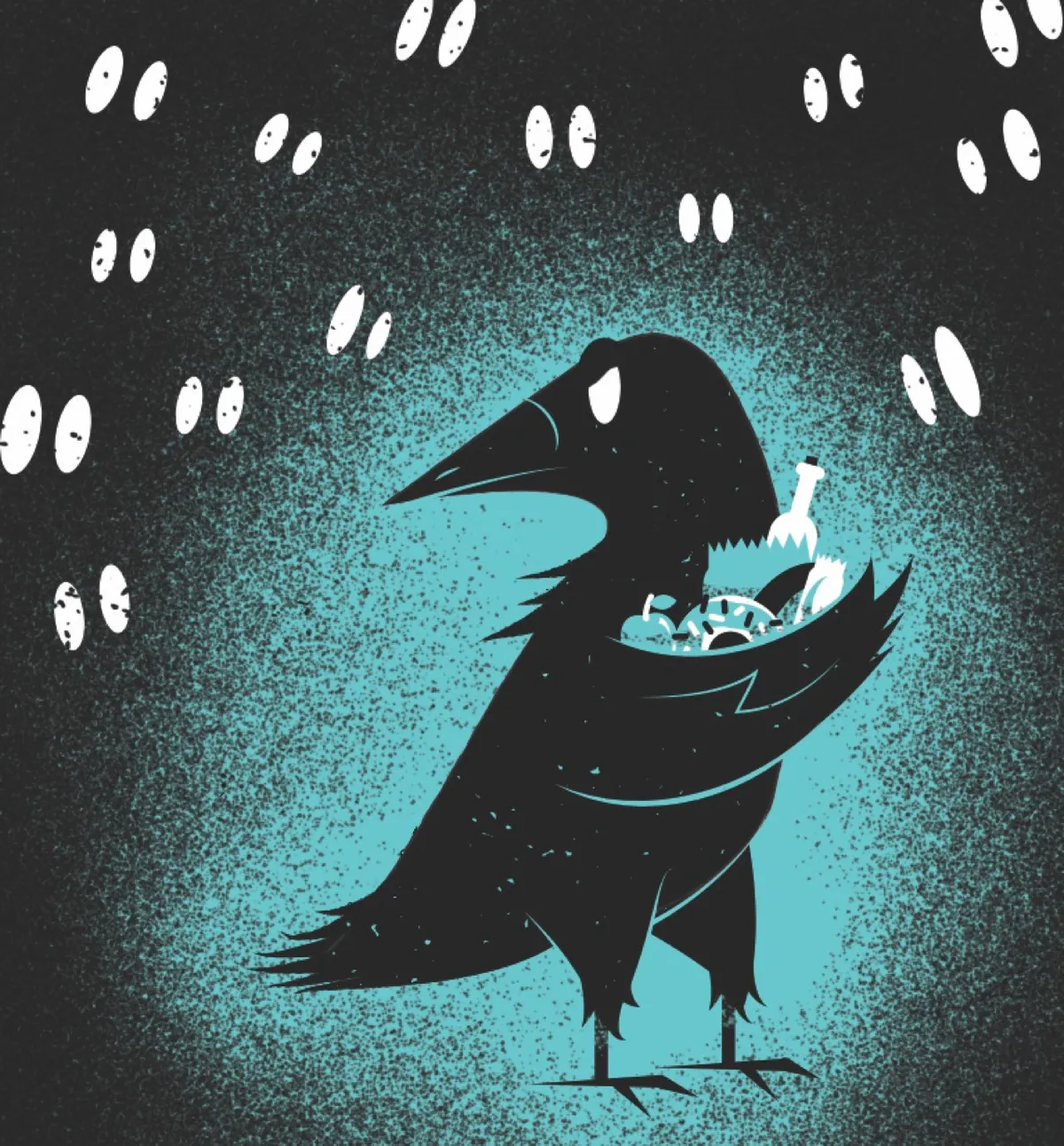
What did they do?
Scientists investigating animal cognition at the University of Vienna had ravens hide food next to a box with a peephole in it linked up to a speaker playing the calls of other ravens.
What did they find?
When the peephole was open, the ravens believed other birds could see their actions and would go to greater lengths to stash their food, even though they couldn’t actually see another bird watching them. When the peephole was closed they’d hide the food in a more casual manner.
Why did they do that?
The team is trying to determine whether ravens possess a ‘theory of mind’. If so, this means that they are able to imagine experiencing thoughts and emotions felt by other animals, a skill widely regarded to be a sign of intelligence.
Follow Science Focus onTwitter,Facebook, Instagramand Flipboard
